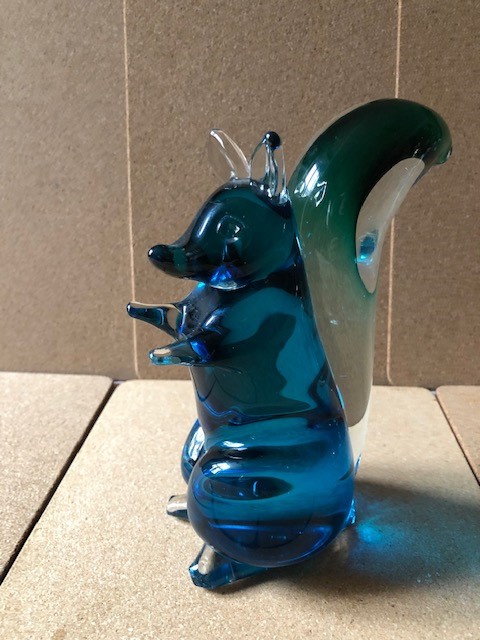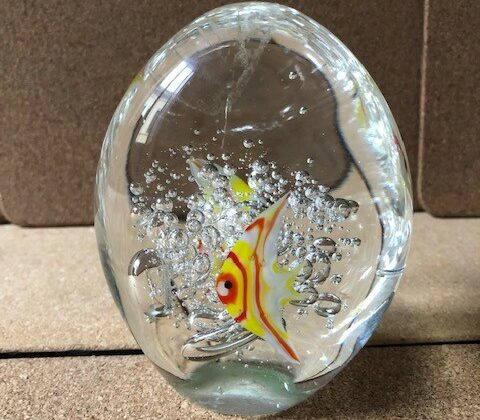Poli Flavio and the sommerso technique
by Prof. Francesco Carelli
Italian glass artist Flavio Poli’s innovative use of the sommerso technique during the 1950s added a dimension of exquisite beauty and refined elegance to mid-century-era Murano glass design. Today Poli’s vintage table lamps, glass vases, ashtrays and other objects are highly collectable.
Born in Chioggia in 1900, Poli attended the prestigious Istituto d’Arte di Venezia where he trained as a ceramist before turning his attention toward glass art. His career in glass began in 1929 when he worked at the Industrie Vetrerie Artistiche Murano, designing and creating large-scale glass sculptures, urns and bowls.
During the 1930s, Poli was a glass artist for manufacturer Barovier, Seguso and Ferro (later known as Seguso Vetri d’Arte), where he worked alongside pioneering glass master Archimede Seguso. Poli was later appointed artistic director at the Venetian glassworks.
Inspired by Seguso, Poli began to experiment with his own glassblowing techniques. In the 1950s, he helped popularize the decades-old sommerso style, which sees overlapping layers of transparent handblown glass melded through a heating process and immersed in pots of molten colored glass. The style yields a sophisticated and mesmerizing effect, it’s as if colored fluids have been trapped inside the layers of clear glass. Poli made use of variations on the technique in many of his pieces, including in designs for vases, bowls, sculptures and more.
Poli’s unparalleled designs and innovative work with the sommerso technique garnered numerous awards and accolades throughout his career. He won five Grand Prix awards at the Milan Triennale and was awarded the Compasso d’Oro prize in 1954. Poli’s designs were also presented at the World’s Fair in Brussels and the Venice Biennale in 1958.
Today, Poli’s work can be found in museums around the world, including the Museum of Modern Art in New York, Murano Glass Museum in Venice, Museo Boncompagni Ludovisi in Rome and the National Gallery of Victoria in Australia.
Photo: glassware Seguso, with the sommerso technique by Flavio Poli





